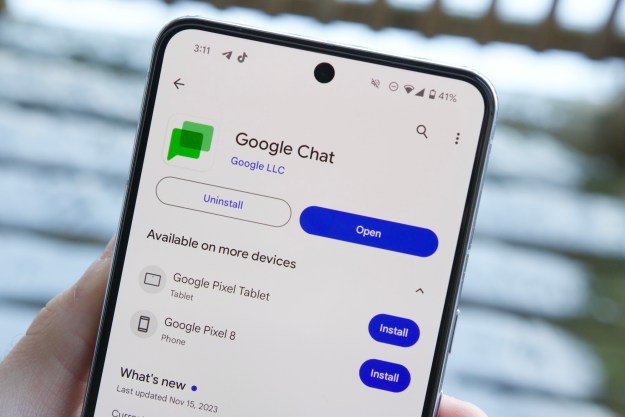
Google announced that its Project Tango tablet, which allows for 3D-mapping technology and has been exclusive to developers, will make its way to the consumer market in 2015.
The tablet, announced on June 5, contains the tablet version of Google’s 3D-mapping technology, which was first spotted in the Project Tango smartphone earlier this year. According to Google, it will partner with LG to make the consumer variant of the Project Tango tablet.
Specification-wise, the tablet comes with the Nvidia Tegra K1 processor, 4GB of RAM, 128GB of internal storage, and a 1080p display. It runs stock Android 4.4 KitKat and offers Wi-Fi, Bluetooth LE, and 4G LTE connectivity, as well as Micro HDMI and USB 3.0 ports. Its claim to fame, though, are the two cameras inserted at a special 13-degree angle meant for 3D mapping, as well as a depth sensor in the rear of the device.
The consumer variant will likely not pack as much heat in order to keep the price point down, but seeing as it will be a niche device, don’t be surprised if many of these specifications remain.
Editors' Recommendations
- Google Pixel 7a just dropped to its cheapest ever price
- The 6 biggest announcements we expect from Google I/O 2024
- Google Pixel Fold 2: news, rumored price, release date, and more
- We finally know the exact date of Google I/O 2024
- Google is launching a powerful new AI app for your Android phone

